Affiliate Disclosure: We earn a commission if you purchase through one of our links at no additional cost to you.
Photo etiquette seems to be on the decline lately. Essentially, some people think that posting a photo online is a request for advice or critique. They don’t seem to understand that unsolicited critiques are inherently rude and arrogant behavior. It’s as unwelcome as stealing someone else’s photo to use as an example.
Photo Etiquette Basics
When someone posts a photo online, it doesn’t mean they are submitting the photo for your review. Neither does it mean that you’re allowed to take the photo and use it as you please.
It seems we need to occasionally remind people of basic photo etiquette and courtesy toward others.
Sharing a Photo is Not a Request for Critique
People post photos for a variety of reasons. The most basic reason is to share a message. In other words, they’re giving something. Unless they make a specific request for critique, it’s really bad form to share a negative opinion about the photo.
Imagine you were walking down the street and everyone decided to comment on your wardrobe, sense of style, or your personal physique. When you walk out the door, are you inviting people to talk about your bad teeth or hair style?
Of course not. Going into public is not an invitation for comment about the way you look. Most people know it’s ill-mannered to make comments like those, particularly to strangers.
It’s Interesting That You Have An Opinion, But It’s Irrelevant
Yet some photographers feel quite entitled to share their bitter opinion about every photo they see online. Why? Did their parents raise them in a house of critique? Do they feel smugly superior and decide they have to tell everyone on the Internet what is wrong with their work?
It’s incredibly rude behavior and violates a decent sense of photo etiquette.
If you like a photo, it’s OK to say so. If you don’t like a photo, then you keep your mouth shut.
It’s pretty simple. Most of us practice this policy every day. We’re bound to see something that just looks wrong to us, but we don’t go up to that person to point it out. It would be incredibly rude.
Well, it’s no different on the Internet. The rules of morality and common courtesy don’t change because something appears online.
A while ago, a proud father shared a photo of his newborn baby online. Someone had the gall to critique the photo and complain about the camera used to take it.
This kind of unsolicited critique robbed a family of a precious moment. The reason for sharing the photo wasn’t about photography. It was about family and joy. You have to wonder about the insensitive lout who thought his opinion about the photo was greater than the pride of new parents.
Photo Etiquette Breach: Using Someone Else’s Photo Without Permission
Take a look at this example.
I posted this photo after attending a workshop. It’s my favorite image from the day and I decided to give it a very light finishing in Photoshop. I added a slight bit of contrast with Curves, I brightened her eyes and added a bit of contrast to her iris, and then I brightened her teeth and highlights in her hair. She’s a beautiful model and I didn’t feel like she needed a heavy-handed manipulation. This was my photo and how I intended to present it to the world.
Shortly after I posted this image, I received a note telling me, “Nice shot but you have to fix her eyes.” OK. Everyone has an opinion. Let’s say that I was mildly annoyed because I’d already attended to the eyes in a manner that suited me. Then I found the next message from the same person:
I’ve been spending time on the fiip.net site. There are some GREAT senior and portrait photographers there.
I used your picture and tried to do a couple of techniques I see on pictures posted there.
I sharpened and whitened her eyes, removed the lines under the eyes and gave a slight surface blur on the face.
Again, it’s a great shot.
Along with that message was my photo with his edits:
Stepping Over the Line
Now I’m no longer mildly annoyed. Instead, I’m pissed. Not just because it’s overcooked, but for the audacity to take my photo, without permission or by my request, and put his own mark on it.
It isn’t about whether his edits are better or worse than my own. The principle of photo etiquette that applies here is to mind your own business.
I kept my reply simple by stating that I didn’t choose to employ those edits because I didn’t believe she needed them and that I thought my approach was a bit more natural.
Post Processing is Like Adding Salt to Taste
In the past, I’ve made the same edits that this guy made. Over time, my tastes have changed and I’m less pleased with this look. However, it isn’t as much about the look he employed that upset me as it was the notion of taking my image – without first asking permission – and making these changes.
When I shoot images, I register them with the U.S. Copyright office before I post them. Technically, you have a couple of months to register them after publication, but you have to specify the difference between published and unpublished work. I may be wrong, but I think that would require a separate registration fee and double the cost of registration. That’s why I hold back from posting until I’ve completed the registration.
Now, what good does that registration do in a case like this? Not much, if anything at all. My concern here isn’t about someone who used my images to make money (so I could cash in on their ignorance!). Instead, it’s about the etiquette of taking someone else’s photos and changing them.
When we post something on the Internet, we know that someone is going to take it. If it’s for personal use, I generally don’t have a problem with it. If you see one of my photos and you think it would make a nice wallpaper, I don’t mind if you use it. Try selling it or using my photos to make money without a license from me and I’ll get miffed and come after you. Most legitimate businesses won’t do something like that because it’s not worth the headache.
This, however, is a different issue. I do not honestly believe that the person who made the changes had any malicious intent. I think he was just ignorant of the concept of asking before taking. That shows how ubiquitous the problem has become – a man who makes his living as a photographer has no qualms about taking someone else’s work and modifying it.
To my mind, that’s just wrong. Had he asked me if he could have used this image to demonstrate another look, I may have well granted permission and we could’ve discussed the pros and cons from there. Instead, it’s like coming home to find your neighbor went into your house to get some eggs. No real harm done, but I still feel slightly violated.
Notice the People Who Observe Photo Etiquette
It’s telling to notice who is giving an unsolicited critique or taking someone else’s photos. These aren’t the people we admire. I never see folks like Joe McNally or Scott Kelby offering critiques that weren’t requested. Moose Peterson isn’t taking someone else’s work from a site to post on his own to show as an example of something gone wrong. While these folks are professional photographers, even an amateur can understand the courtesy of photo etiquette.
The people who do these things are in the minority, and they’re generally suffering from an undeserved ego.
The people who read this blog are primarily other photographers. When I look at the incoming links, it’s generally from another site related to photography. My message to this community is pretty simple. It’s the same thing you probably learned growing up. If you want to use something, ask first. It’s not that hard. It’s just the courteous thing to do.

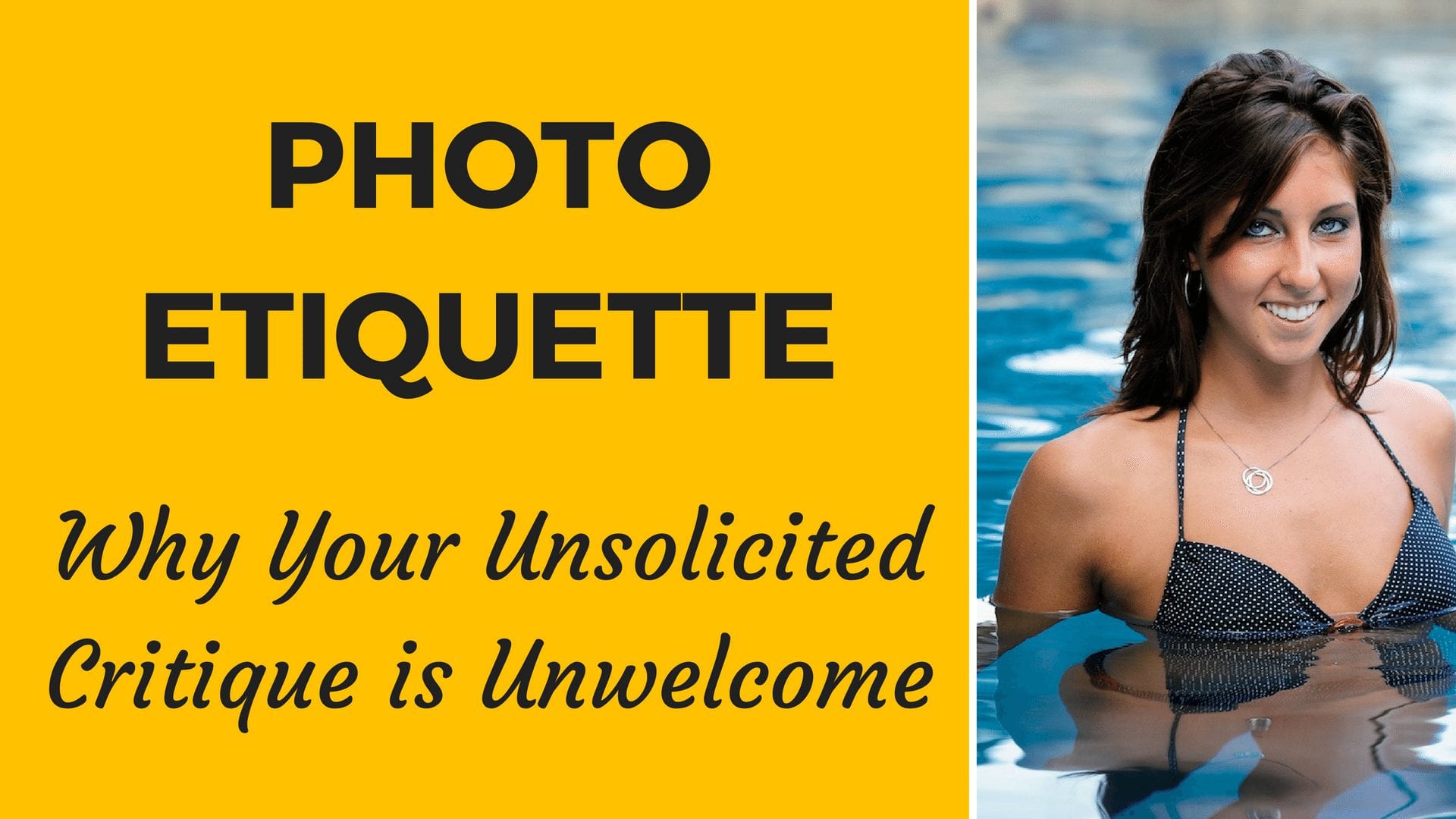
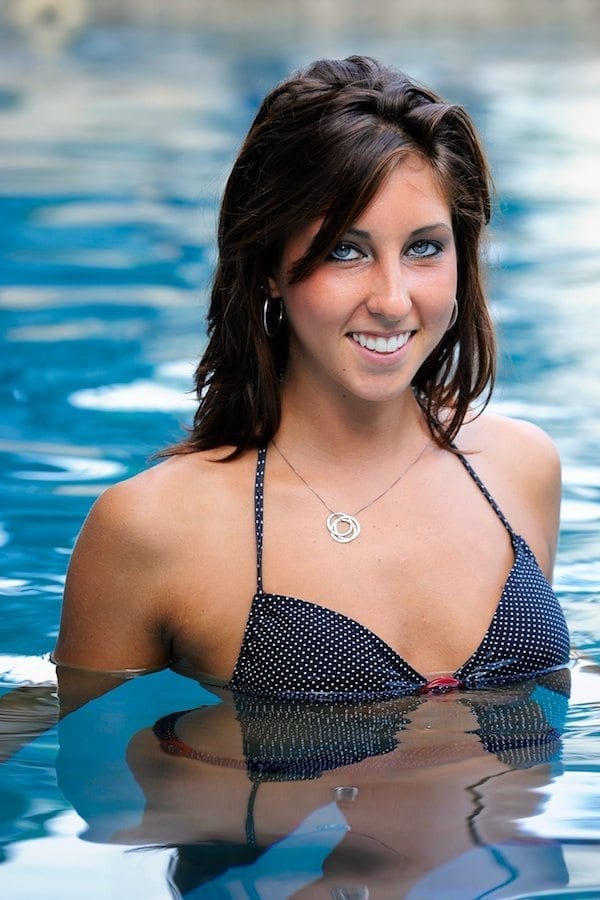
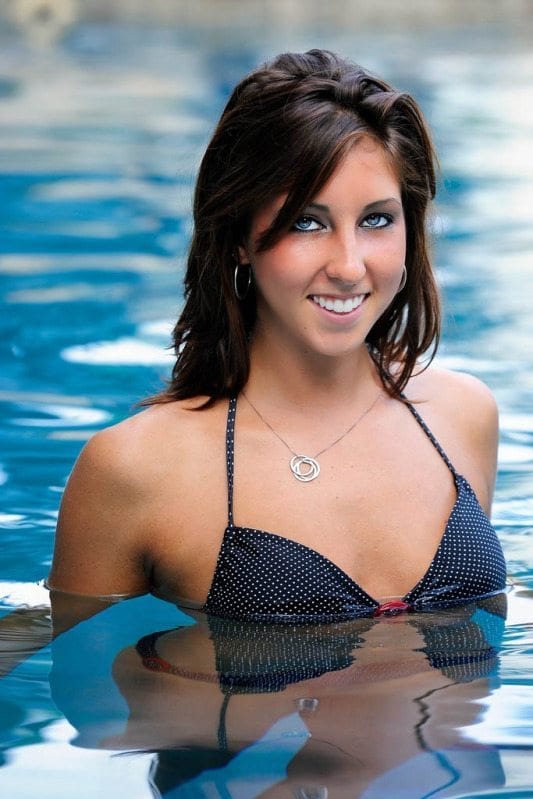
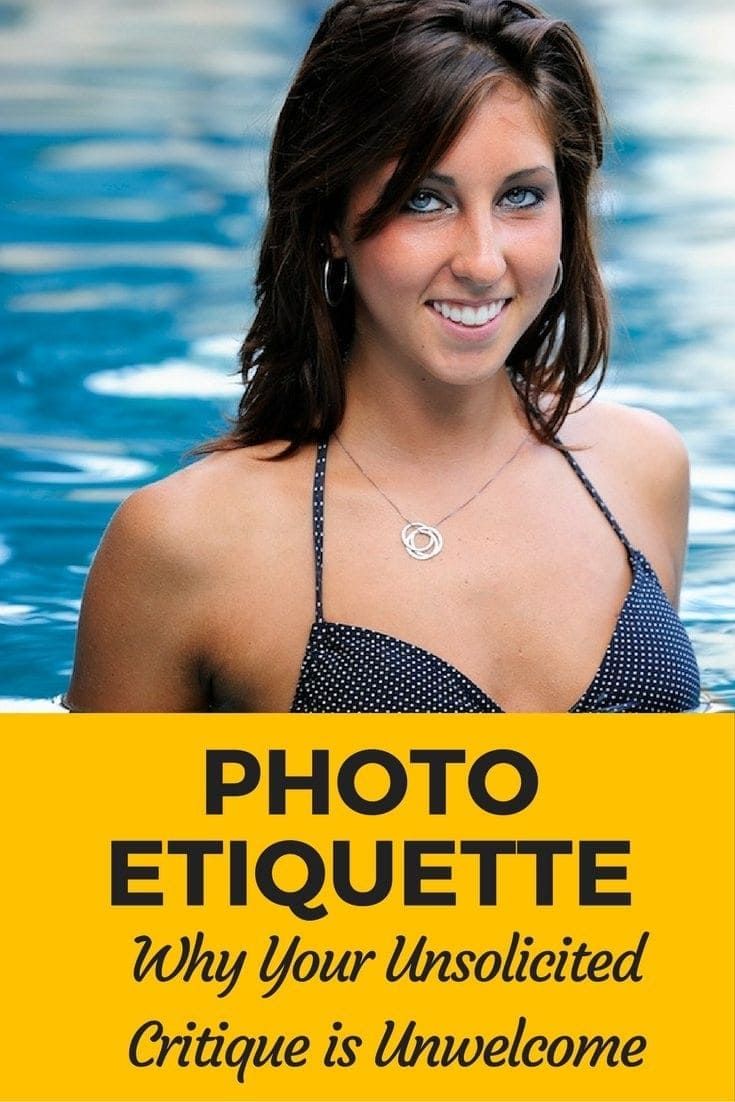
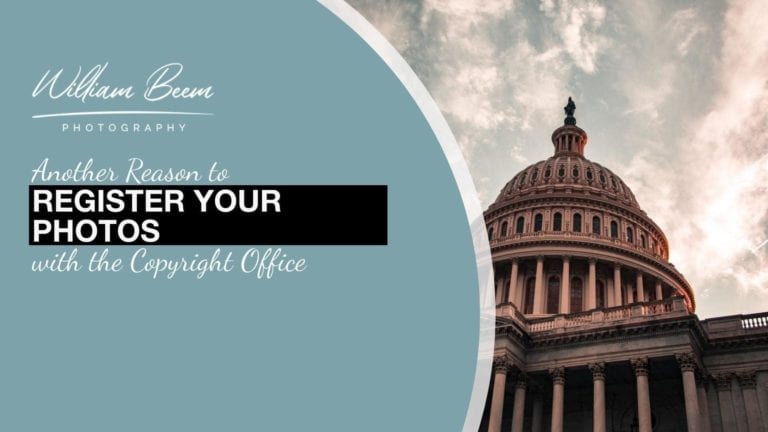
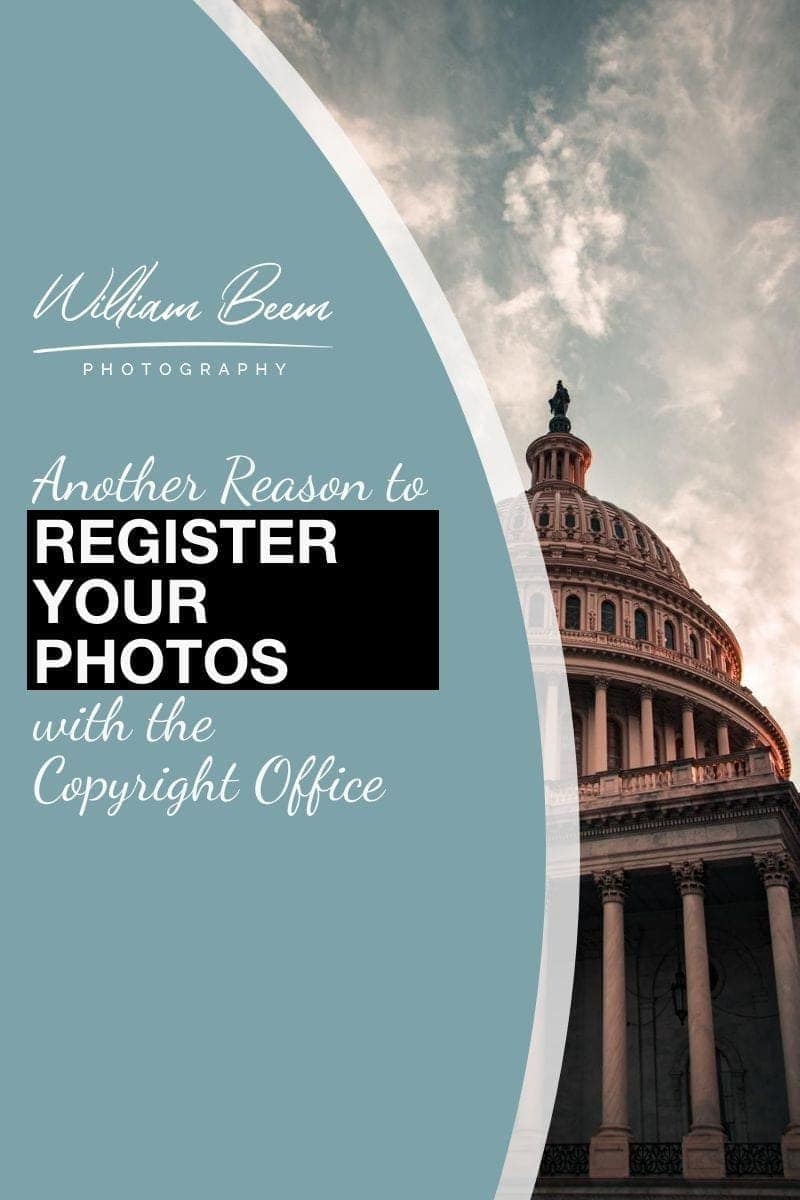
When US law was changed in 1989 to adopt the Berne Convention of 1886, it removed all need to copyright a photograph by filing it. The copyright is automatic.
That’s true. However, you cannot earn all of the damages possible if you don’t register your work.